Product Short Description
Technical Specifications
- Input Voltage: 24 V DC
- Operating Temperature Range: -20°C to +60°C (some models support -40°C to +85°C)
- Dimensions: Approximately 120 mm x 80 mm x 40 mm
- I/O Ports: 2048 ports (expandable to 4096)
- Processing Speed: 200 MHz
- Output Voltage: DC 24 V
- Maximum Load Current: 10 A
- Communication Protocols: DeviceNet (Master/Controller), Modbus RTU, EtherNet/IP, Modbus TCP/IP, PROFINET
Description
- Network Rates: DeviceNet supports 125 kbps, 250 kbps, and 500 kbps
- Maximum Nodes: 64 (DeviceNet protocol)
- Electrical Isolation: 500 V AC (DeviceNet port to internal circuitry)
- Protection Class: IP20
- RAM: 1 MB
Functional Features
- High-Speed Data Processing: Handles complex control algorithms and large data volumes with a 200 MHz processor and 1 MB RAM.
- Multi-Protocol Support: Enables integration with various industrial networks via DeviceNet, Modbus, EtherNet/IP, and PROFINET.
- DeviceNet Master Functionality: Acts as a primary controller for up to 64 DeviceNet-compatible devices (e.g., sensors, actuators, drives), simplifying wiring and reducing costs.
- Real-Time Communication: Ensures deterministic data transfer with low latency, critical for time-sensitive applications.
- Fault Tolerance and Diagnostics:
- Built-in LED indicators for power, network status, and error monitoring.
- Advanced diagnostic tools in ABB’s Control Builder M or System 800xA software for real-time network health tracking.
- Automatic error detection and recovery mechanisms.
- Electrical Isolation: 500 V AC isolation protects against surges and ground loops, enhancing system stability.
- Scalability: Modular design allows easy expansion of I/O ports (up to 4096) to meet evolving automation needs.
- User-Friendly Interface: Simplified programming and configuration via ABB’s engineering tools, reducing setup time.
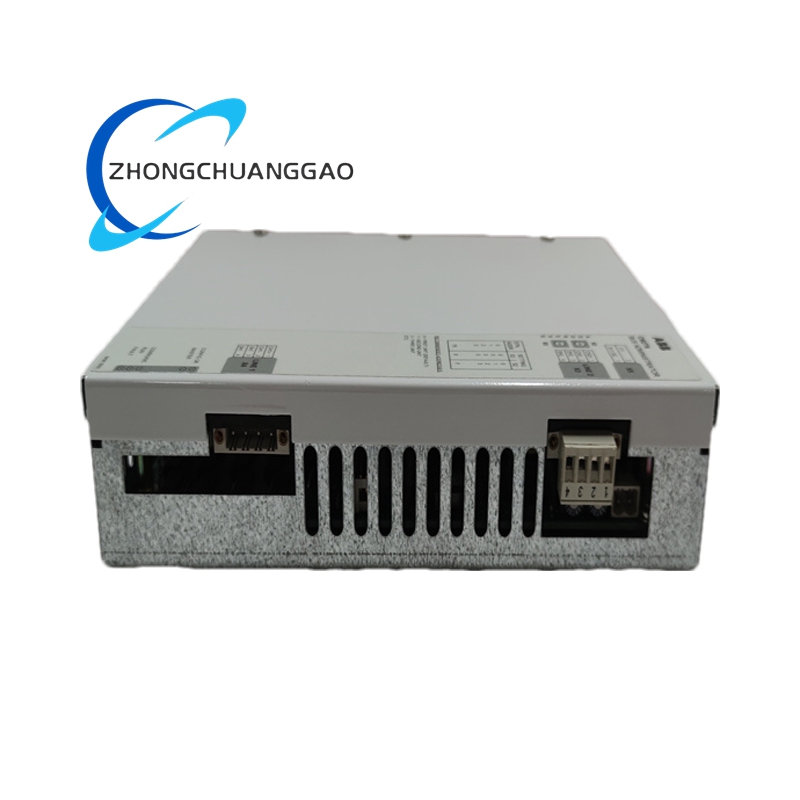
Application Scenarios
- Factory Automation: Controls production lines in automotive, food processing, and packaging industries by connecting PLCs, sensors, and actuators.
- Process Control: Monitors and regulates variables (e.g., temperature, pressure) in chemical, petrochemical, and metallurgical plants.
- Power Systems: Manages power generation, transmission, and distribution in utilities and renewable energy sectors.
- Building Automation: Optimizes energy efficiency by controlling lighting, HVAC, and security systems in commercial and residential buildings.
- Logistics and Warehousing: Automates material handling, conveyor systems, and sorting operations in warehouses and distribution centers.
- Data Acquisition and SCADA: Facilitates remote monitoring and control in industrial processes through seamless integration with SCADA systems.
Key Advantages
- Reliability: Designed for continuous operation in harsh industrial environments with high electromagnetic interference (EMI) resistance.
- Flexibility: Supports multiple protocols and network topologies, enabling integration with both legacy and modern systems.
- Cost Efficiency: Reduces wiring complexity and maintenance costs via DeviceNet’s single-bus architecture for multiple devices.
- Future-Proofing: Scalable I/O capacity and protocol support ensure compatibility with emerging automation trends.

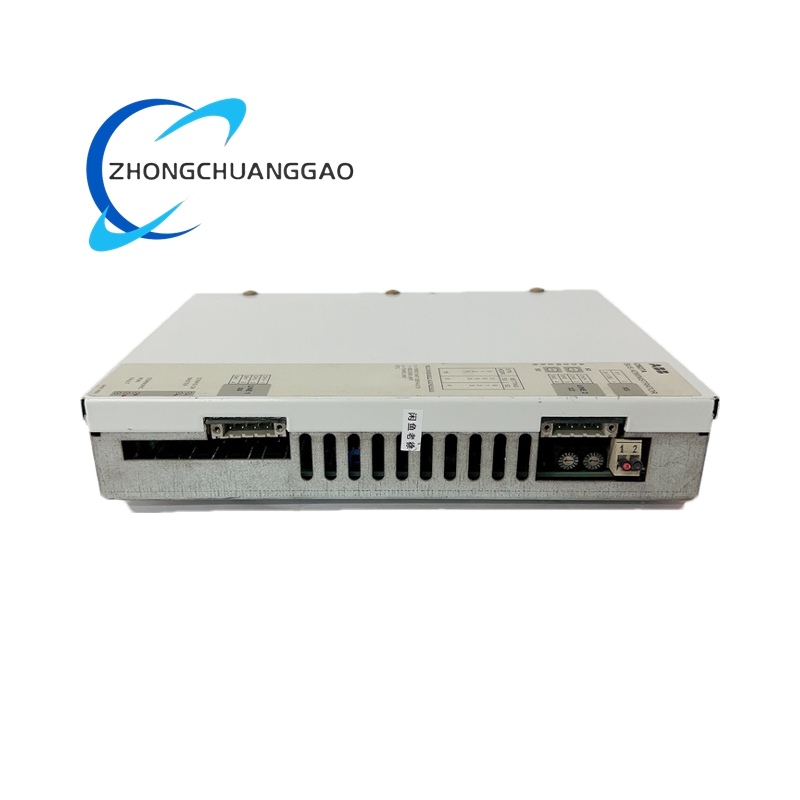
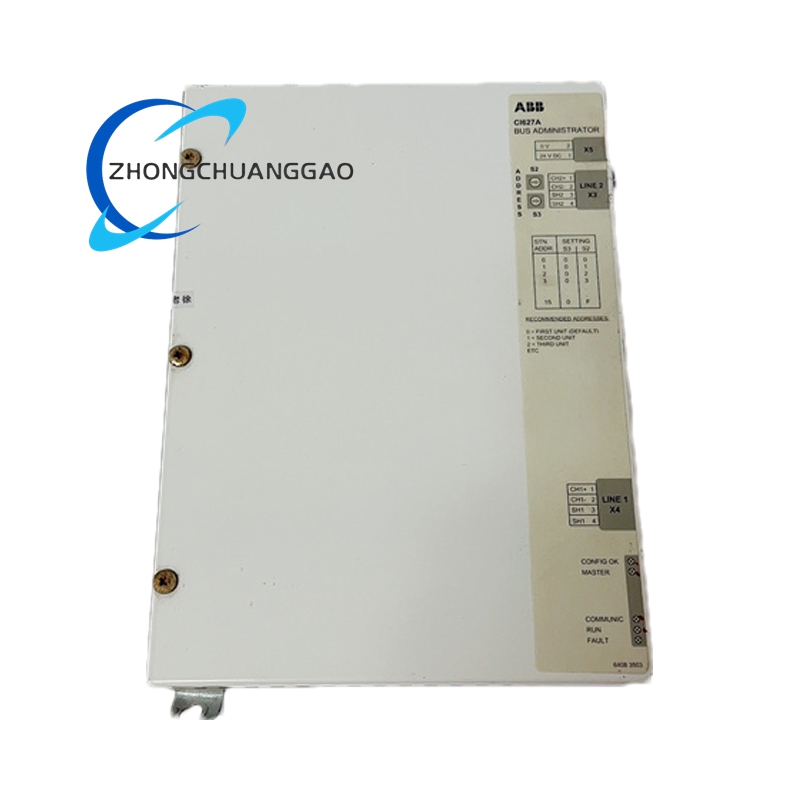
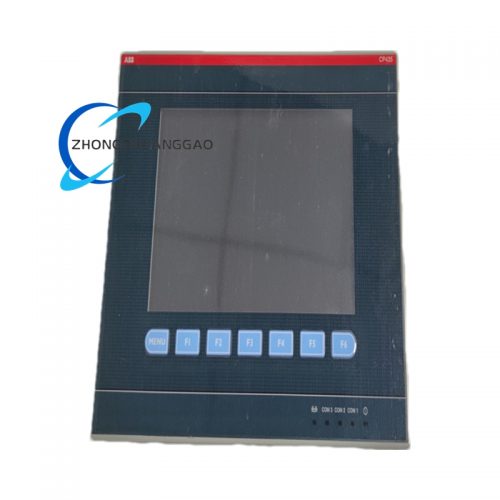
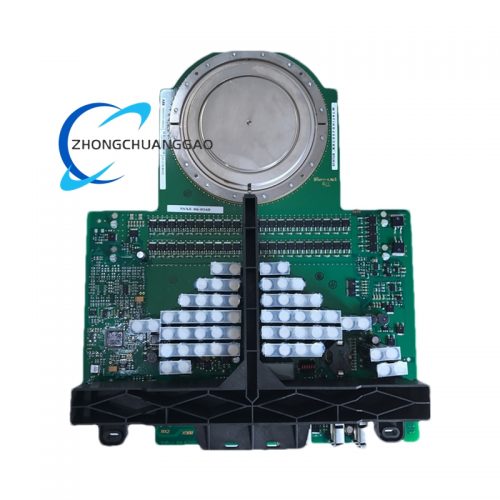
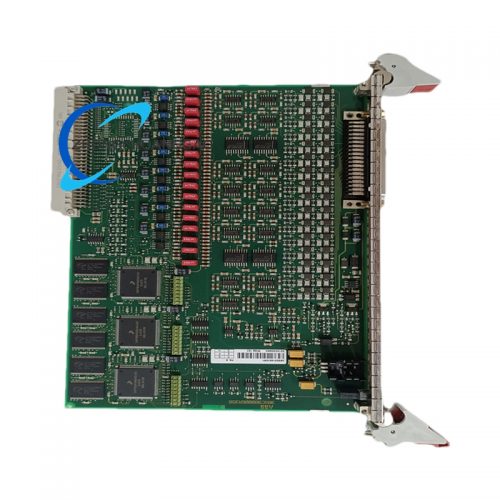
Reviews
There are no reviews yet.